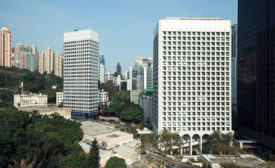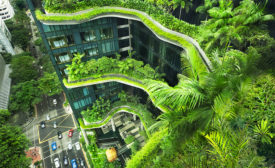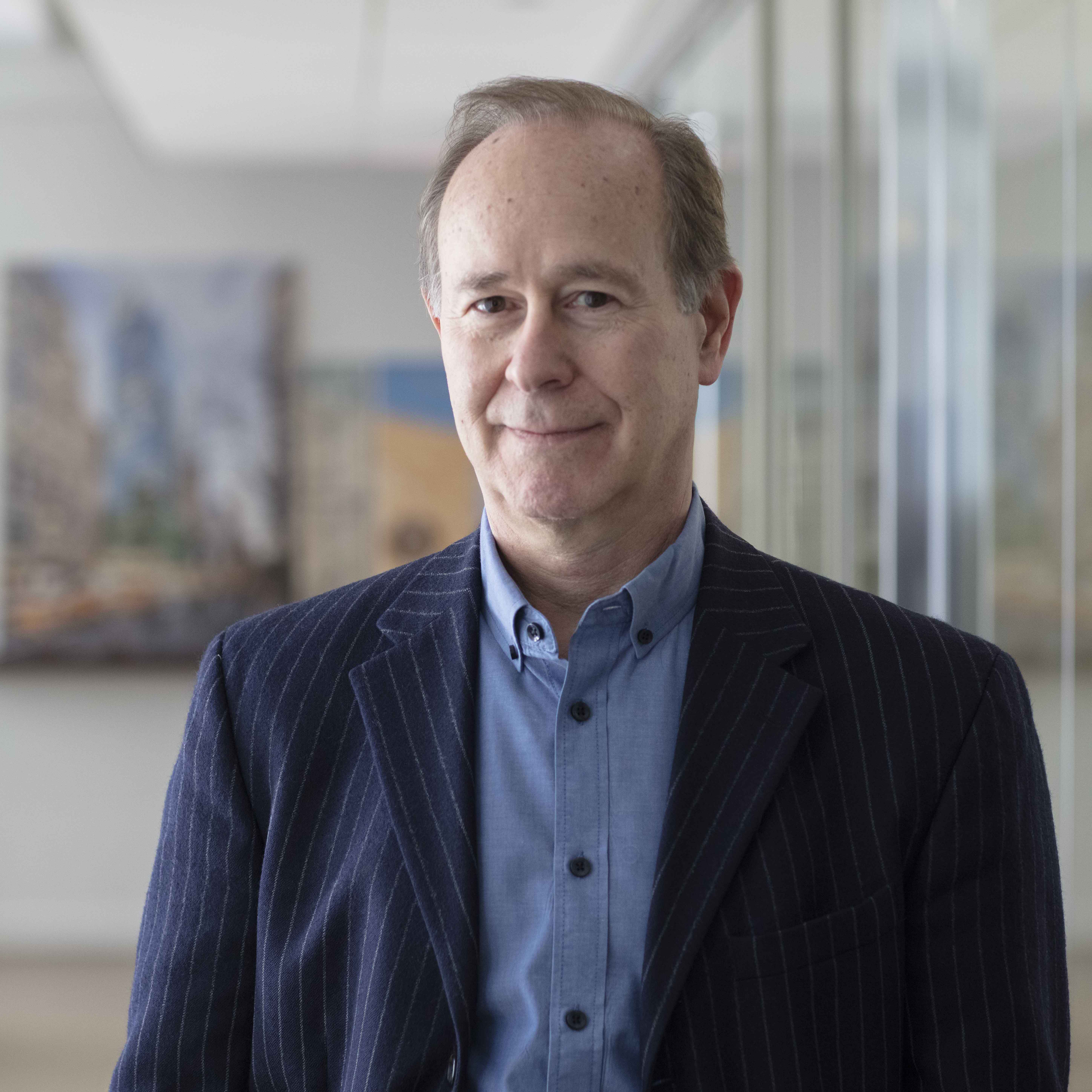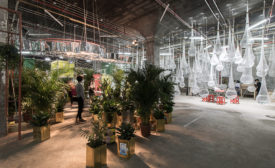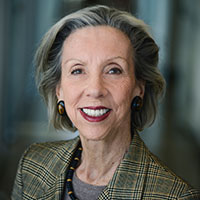Home » Hong Kong
Articles Tagged with ''Hong Kong''
ESKYIU, Hong Kong
Expanding the definition of architectural work, a husband-and-wife team engages the public in projects ranging from installations to events.
Read More
Art Gallery and Art Foundation Offices
Inserting a precisely detailed retreat for art into a high-rise building in the middle of bustling Hong Kong required some extraordinary measures.
Read More
Asia Society Hong Kong Center
Cultural Bridge: On a thickly overgrown slope of Hong Kong, Tod Williams and Billie Tsien create a journey through time and space for the Asia Society.
Read More
Copyright ©2024. All Rights Reserved BNP Media.
Design, CMS, Hosting & Web Development :: ePublishing
